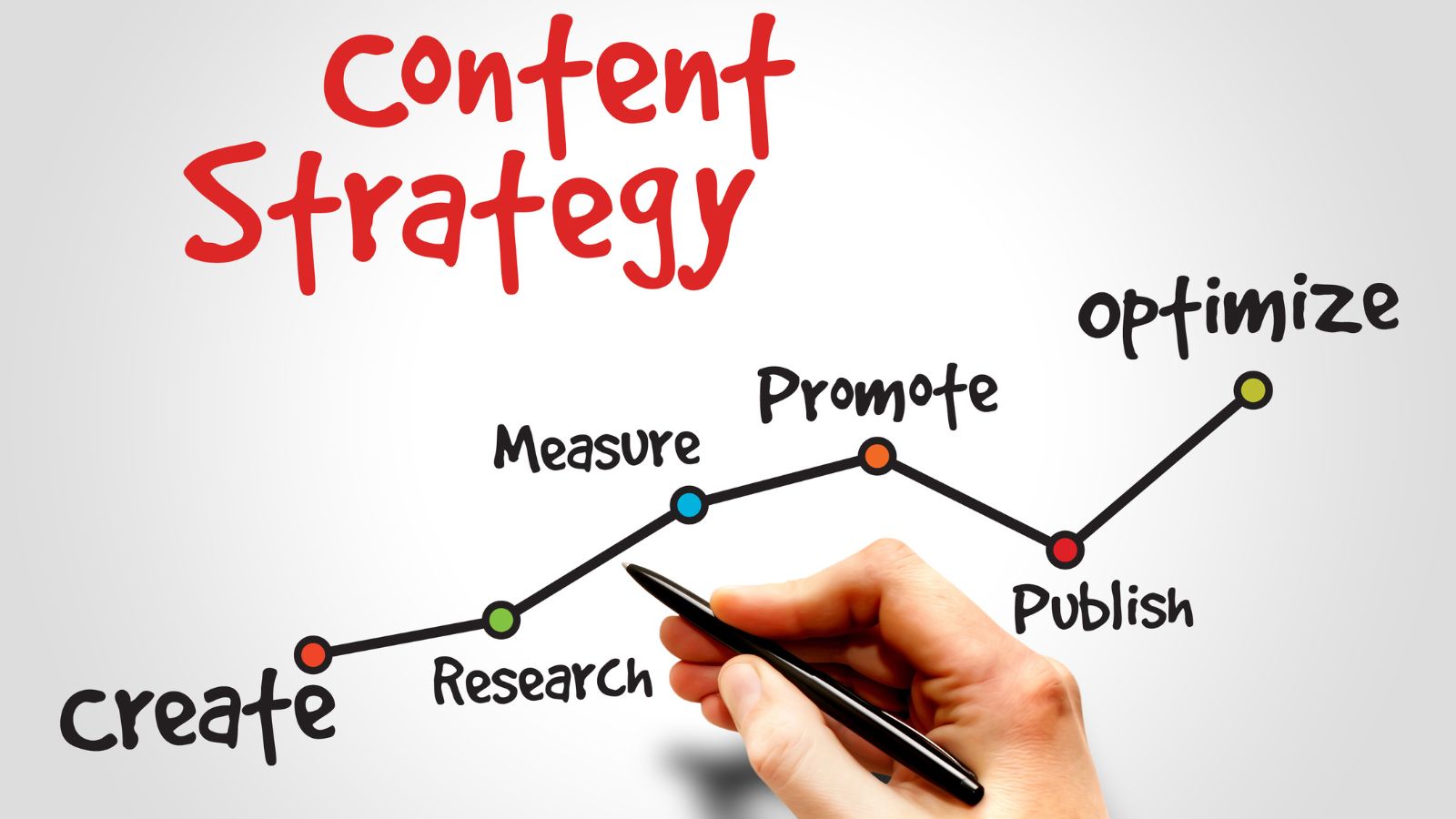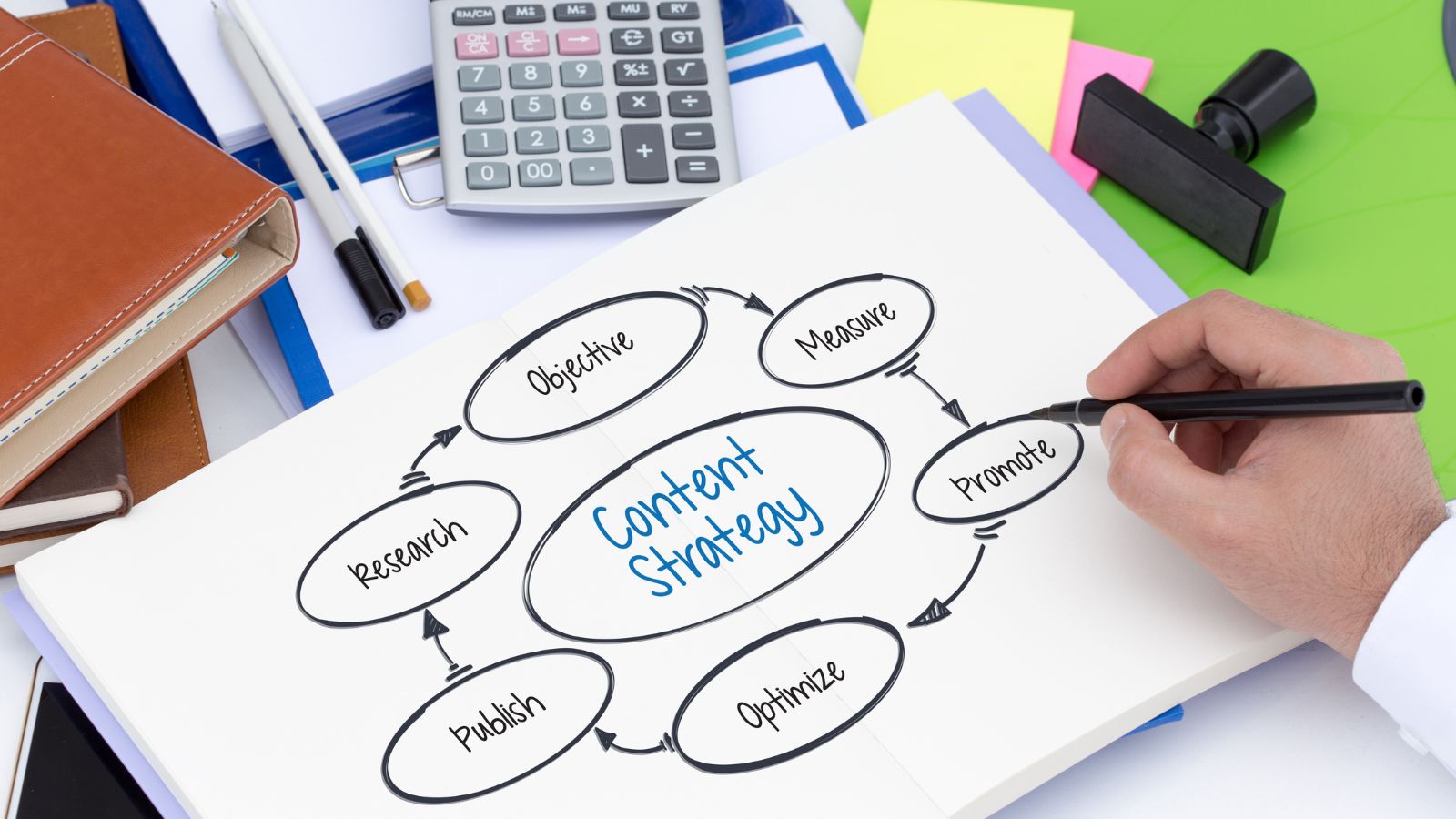
With the digital landscape growing exponentially, businesses need platforms that facilitate content generation and maintenance with the utmost scalability and adaptability. The headless CMS is the answer that all businesses have been waiting for; creating one is a snap, and generating and delivering cross-channel content in real time is a walk in the park. Storyblok is one of countless platforms at the forefront of this technologically advanced endeavor, offering the ideal balance between non-developer content management ease and developer superhero powers. In this article we shall take a closer look into how you can build with ease using headless CMS.
What Is a Headless CMS?
A headless CMS changes how companies generate and share content by decoupling the backend content repository from the frontend presentation. Instead, this structure utilizes APIs that transmit content to as many experiences as needed web experiences, mobile apps, Internet of Things devices, even augmented reality and virtual reality. While a traditional CMS connects to one frontend experience, a headless CMS offers more access points and development versatility. A headless CMS caters to the requirements of a more digitized world.
This would be especially important for a retail firm that would utilize a headless CMS to centralize its content across all avenues. For instance, the e-commerce website and the mobile retail app and even the in-store digital kiosks at its physical locations can share the same product descriptions, promotional information, and user-submitted customer reviews so that everyone has the same opportunity for access and experience regardless of which platform they choose to engage with the company. This type of firm consistency strengthens brand awareness and proper brand legitimacy that fosters loyalty for intention to repurchase. In addition, this means that if the market changes and businesses are required to pivot, it’s easier for the producers to do so on the fly.

For example, if there’s a big sales push and the sales collateral team needs to adjust sales graphics and verbiage, they can do so on the fly there’s no lag time for a developer. All repositories update instantaneously. This means that all digital and in-person shoppers receive the sales graphics in real time. Such responsiveness is key to keeping consumers happy, especially since they want everything immediately, all the time. In addition, the capacity to connect with future technology establishes brands for future success.
For example, if a brand wants to publish to AR or VR spaces as customer experiences evolve over time, a headless CMS can facilitate that publication without disrupting already established back-end functions. Brands can remain flexible in an ever-evolving digital landscape. Those brands that bring this philosophy to the table and operate by it will find using a headless CMS effortless for expansion.
Flexibility Across Platforms
The most significant benefit of a headless CMS is flexibility, which is a world different from a regular CMS. A regular CMS can hinder a business’s branding efforts because it almost confines the business to a particular templated theme creation. If a business is looking to establish its online brand, it may very well run into a roadblock of a certain design or theme because it cannot establish the image it wants to convey. This is true when creating customer-facing endeavors, for example, because a too rigid CMS will not permit changes.
A headless CMS allows developers to eliminate that option entirely as it utilizes a framework like React, Vue, or Next.js to build out a front end from scratch based entirely on requirements. But it’s not only a win for the developers, content and marketing teams reap the benefits, too. For example, with Storyblok, a visual editor enables marketers to create, edit, and renew content without having to return to developers for those tiny, banal adjustments. Let’s say the marketing team has a campaign; they can change promo banners, adjust product summaries, and retitle blog entries in every location immediately. This level of access allows teams to have streamlined and efficient operations while still getting rapid turnaround for market and consumer needs. Furthermore, a headless CMS enables businesses to easily grow their footprint.
Should a business step into another market or should a new technology come about (i.e., AR, voice tech), a headless CMS will facilitate content changes and deployment to these new avenues quickly. For instance, a business that is global and wants to expand to different geographical areas can use a headless CMS to generate geo-specific content while maintaining the overall brand voice. The assimilation of such access and development freedom for both developers and marketers blends incredibly well with headless CMS’s enterprise capabilities. It’s evident that all documented from workflow improvements to redundancies eliminated to increased efficiencies. Any company poised for success requires a headless CMS because it fosters everything from scratch development on the front end to collaborative, team-oriented efforts.
Faster Time-to-Market
Time to market. Once a campaign is released late, there are no options for recovery and money is on the line. A headless CMS starts time to market in a hurry because teams work in tandem with less opportunity for interdependencies. A traditional CMS, however, needs to line up sequentially those creating the website and those making the content. Yet with a headless CMS, access to backend creation and frontend delivery is separated. This means developers can build and deploy the fastest, most effective frontend experience while marketers and content creators simultaneously can arrange, create, and edit content from the backend.
For example, when a product goes live, marketers can simultaneously compose and edit campaign materials in the CMS while developers are doing their backend thing to ensure that the frontend works across all accessible platforms: website, application, digital displays. This kind of collaborative interdisciplinary approach in a non-sequential fashion prevents meting out dependency and allows the launching of campaigns with even the most intensive of quick turnaround times. This efficiency is only made better by Storyblok’s simple to use visual editor and a content block for everything ethos.
For example, marketers can construct and place ‘content’ blocks, sliders, product information, in-aisle promo banners potentially used elsewhere in the future across other channels without redundancy. Storyblok supports here, too, with instant previews of all content; thus, every edit is guaranteed to be on-brand and relevant to the customer experience. For example, if a merchant wants to edit a promo banner for a flash sale, the instant preview shows it in the edit. Such agility is necessary for today’s marketplace, with consumer wants and needs shifting at the speed of light.
Therefore, a headless CMS such as Storyblok enables brands to make marketplace integrations during countdowns, edit a campaign on the fly, and guarantee that they’re not lagging behind their competition. A headless CMS fosters greater workflow efficiency and intra-team communication collaboration to keep companies operating at the speed they need and with the flexibility needed to thrive in an oversaturated digital marketplace.
Scalability for Growing Enterprises
The bigger the company, the more content demands a headless CMS provides the expansion potential and customization of enterprise-level content solutions. Companies can have multilingual capabilities, integration with the latest technologies and platforms, and world-wide content availability without geo-blocking issues or CDN concerns. For example, Storyblok provides such expansion potential with an API-driven structure and connective, reusable content fragments. Whether a global ad campaign or a worldwide product release, companies can do this with a headless CMS and expand it to the required length of time.
Enhanced User Experience
Digital transformation means nothing if the user experience isn’t seamless. Thus, headless CMS switching enhances performance; faster loading times and more efficient interactions happen because lightweight APIs deliver only what’s needed and in a better form. This is good for SEO, better bounce rates, and higher conversion rates. When an eLearning site has already taught someone something, it can offer them additional learning resources specific to that; a CMS like Storyblok allows companies to find this type of opportunity easily for beautiful digital experiences.
Storyblok: Leading the Way in Headless CMS
Any company big or small looking to adopt a headless CMS would gain value from Storyblok. Its modular content system, ability to integrate via API, and a more user-friendly platform via a visual editor encourage better collaboration across teams and infinite chances for testing. Switching to Storyblok allows for a content practice marriage and straightforward migration for a headless CMS still in the making, allowing any marketing and development teams to operate at their best.
Further Reading
For those who want to delve further into this topic, we highly recommend checking out these articles. They provide a wealth of additional insights, detailed analysis, and unique perspectives that can help you gain a deeper and more well-rounded understanding of the subject. Whether you’re looking for expert opinions, case studies, or practical tips, these resources are an excellent starting point for expanding your knowledge:
- Headless CMS: history, benefits, use cases and beyond
- The Main Use Cases for Headless CMS – Scenarios & Examples
- An introduction to CMS migration: Tips for a smooth transition
By leveraging the power of headless CMS platforms like Storyblok, businesses can transform their content management strategies, deliver seamless digital experiences, and stay ahead in a competitive market.




